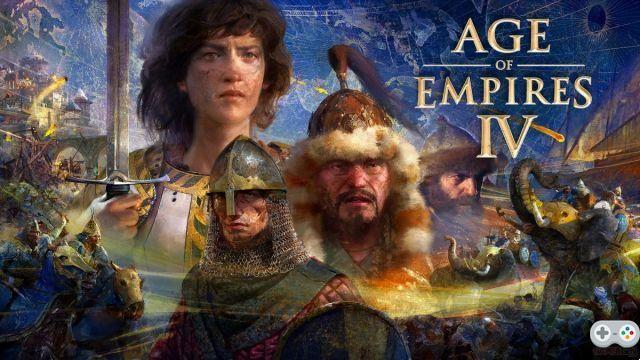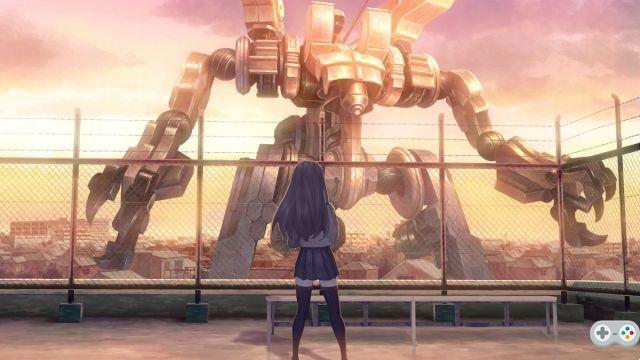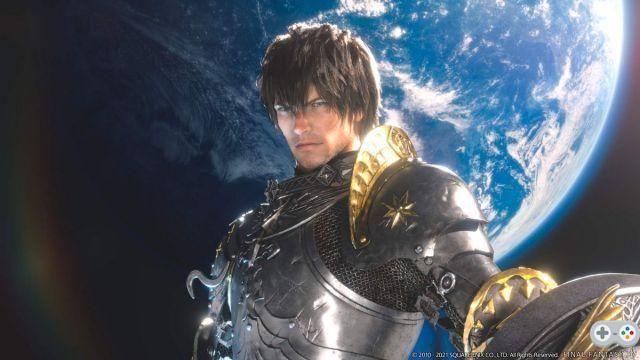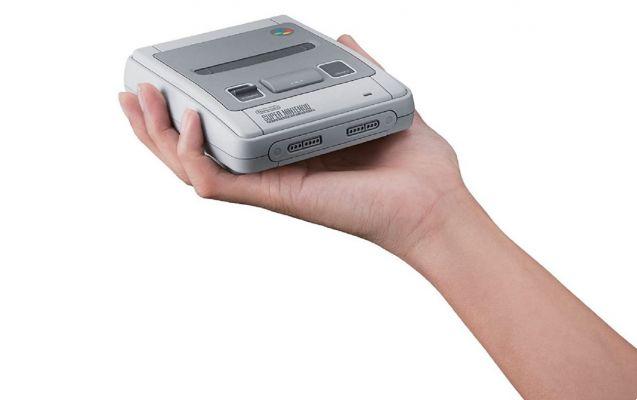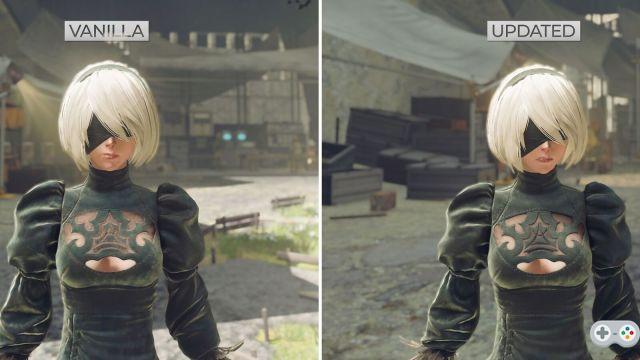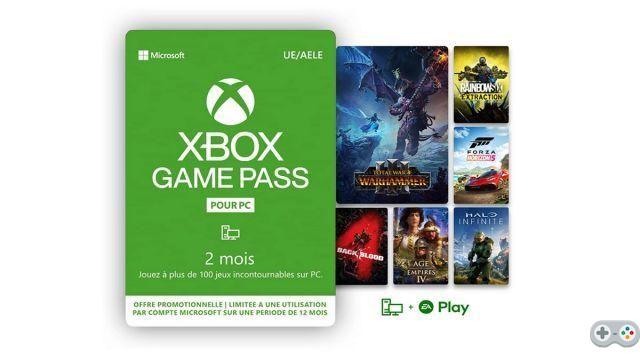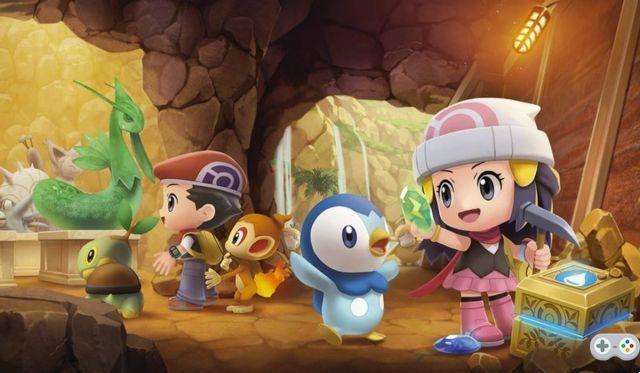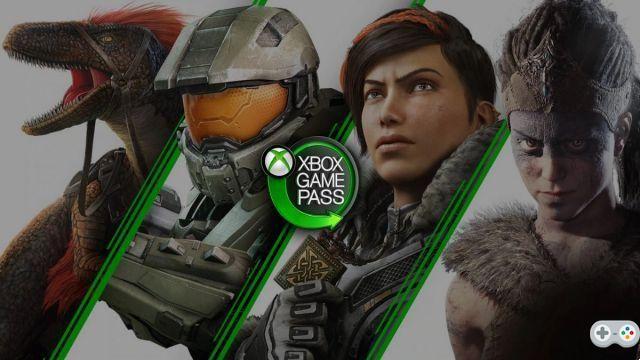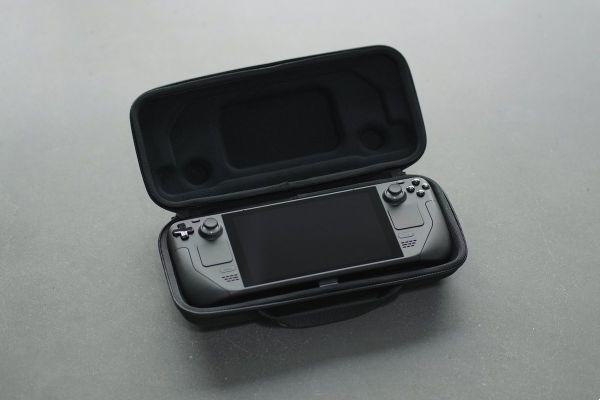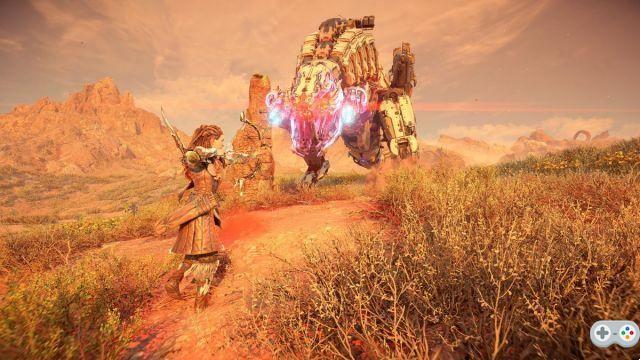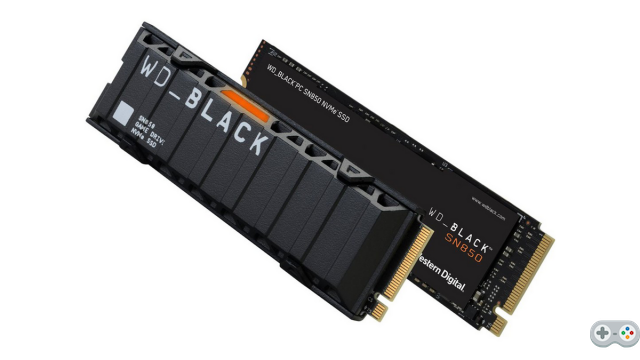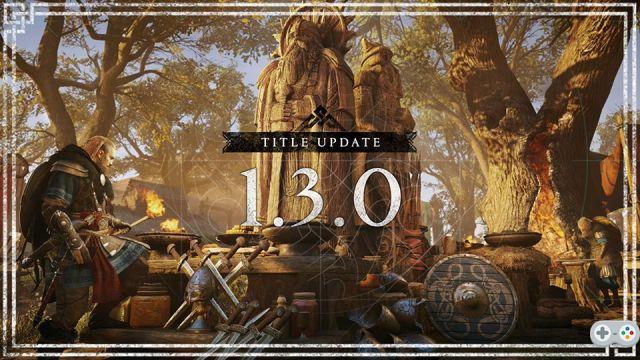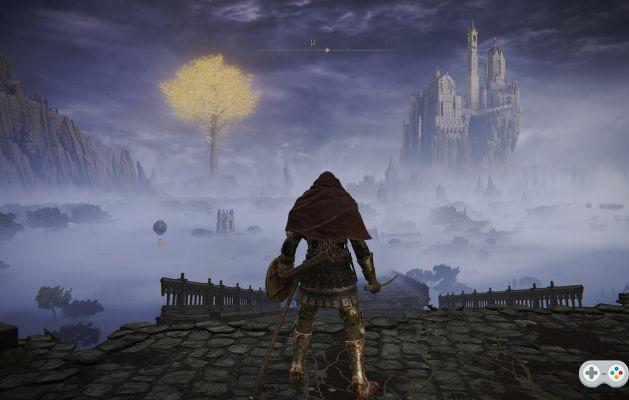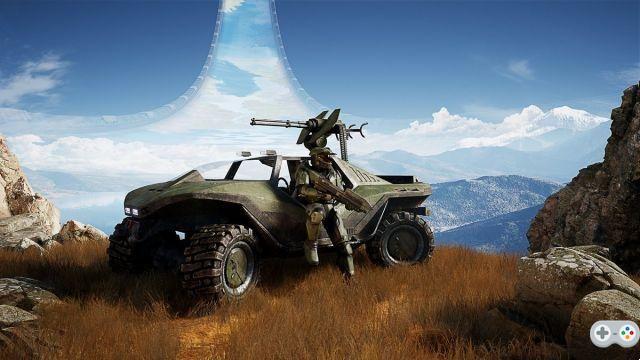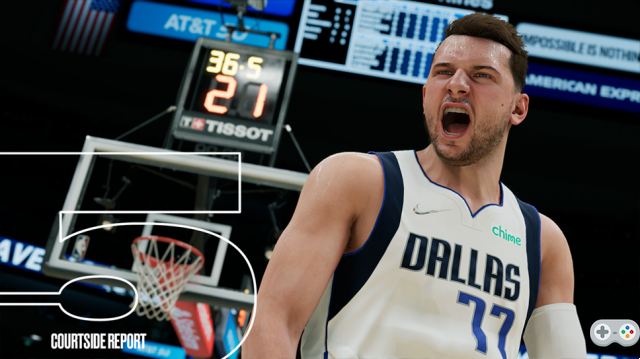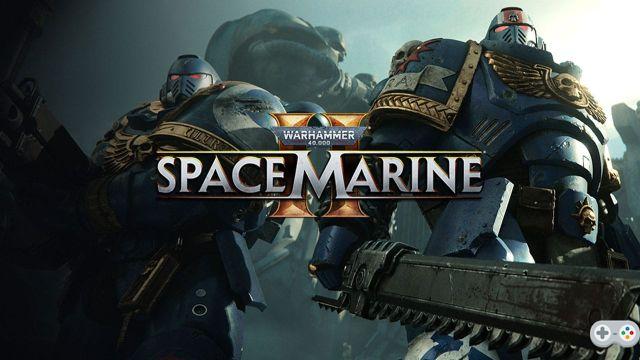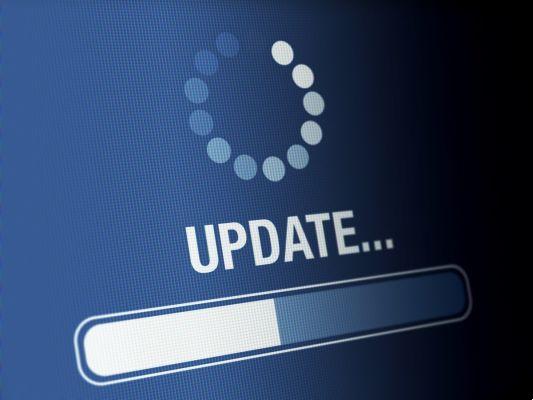
This routine, you know it well. In a hurry to throw yourself headlong into the game you have been waiting for for months, you lengthen the pace in the hope of arriving home as soon as possible and introducing the saving disc into your console. When suddenly, your hopes are showered by downloading an update that can sometimes reach tens of gigabytes. A day one patch. Again.
This practice has unfortunately become the norm in the video game industry. A fortiori since the advent of game consoles permanently connected to the Internet. But if this process is relatively painless for the players who are lucky enough to be connected to the fiber, it horrifies the less well off in terms of connection.
More generally, the patch day one method questions what the publishers consider to be the acceptable state of marketing of a game. When you leave a store with a game under your arm, don't you think? not entitled to wait for it to be completed; in optimal condition?
This is precisely what most critics of this approach regret. But it would be simplistic to view the day one patch as the whim of finicky developers. You might as well write it down: given the commercial issues that the video game industry supports today, it is quite simply impossible to do without it.
It was better before ?
To understand how we got to having to download such large patches today, you obviously have to take a look in the rearview mirror.
It is not uncommon for some people to be surprised that games released 20 or 30 years ago did not need this kind of process when they were released. All you had to do was slip the CD-ROM into the drive and let the magic work. But there are several things to keep in mind to make sure that we are comparing things that can be compared.

First, video games dating from the last century were infinitely less complex than they are today. 3D didn't make its appearance until the mid-90s, and even a game as technically ambitious as The Elder Scrolls: Morrowind - and its 24 square kilometer play area - only weighed a tiny gigabyte on hard drives. of the time (the game was released in 2).
Next, we are talking about a time (the early 2000s), when only 361 million people had access to the Internet. An access whose limitations are well remembered by the oldest. The players then, infinitely fewer in number than today, are not necessarily among the lucky ones. Developers thus have no choice but to deliver a “perfect” game; free of bugs and on which nothing should be added a posteriori.
Finally, it must be realized that at the time the video game industry was far from weighing as much as it does today. In 2000, the global market represented just under $40 billion, compared to $179,7 billion in 2020. It goes without saying that the financial stakes were lower then. Remember that video games are the most lucrative cultural industry in the world today.
And this status is obviously accompanied by a certain pressure from investors, for whom playing a good game is less important than putting it in a certain financial calendar.
Designing a video game is always a gamble
It is not the independent developers who will contradict us here: designing a video game is a gamble. Whether your name is Eric Barone and funneling your energy for five years to make Stardew Valley out of your savings, or Microsoft, ready to stretch nearly $ 500 million to give Halo a worthy sequel on next-gen consoles.
In the latter case, the stakes are perhaps even greater. The reason ? The greater the number of people involved in a project, the greater the consequences of a possible failure.
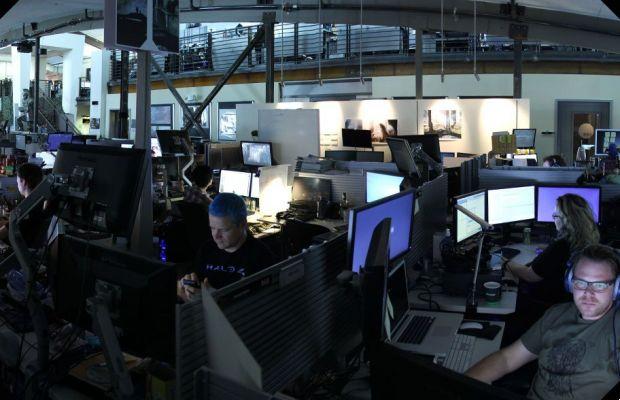
And we may have deep pockets, the budget allocated to a video game is not stretchy at will. Sooner or later, producers and investors will have to be guaranteed a return on their investment. And it unfortunately happens that it is more economically interesting for them to push a game that is not finished to release than to delay its marketing.
Because the postponement of an exit is not trivial either. This means salaries to pay over a longer period, overtime to cover, or even marketing costs to extend. Also, for some studios (each case is of course different), the dilemma can be reduced to releasing an unfinished game but generating income, or delaying the release of the game and thus losing the confidence of investors.
The famous stage of certification
You might be wondering what all of this has to do with sauerkraut. But we had to go through it to give you an overall picture that will take shape in a few moments.
It will not have escaped you that, for more than 10 years, rare are the titles to be released only on a single platform. Even rarer are those that are only available on PC. It must be said that it would be daring to say the least to do without a potential market of more than 200 million souls. The problem is that it's not enough to put on your 31, go knock on a consoler with your mouth in your heart and submit to him your desire to distribute your game on his machine.
In order for a game to be released for console release, it must first pass the certification stage. A step which, when it is validated, most of the time gives the green light to the pressing of the famous “Gold” version of a game - one which is ready to be burned on the Blu-ray and marketed.
However, players have many misconceptions about certification. A fortiori since the case study Cyberpunk 2077, whose PS4 and Xbox One versions are barely playable. Certification should not be confused with Quality Assurance (QA). The QA department of a video game studio is there to thoroughly inspect a game for bugs or malfunctions, then get the word out to the developers so that it gets fixed. Certification has nothing to do with it.
Consider this step as an exam. The game is presented to console manufacturers in a state that the publisher considers to be "final", or in any case sufficiently correct for it to be marketed, and this must meet point by point the specifications set by Sony, Microsoft and Nintendo. A specification whose requirements vary for each manufacturer – Microsoft, for example, wants you to be able to access the Xbox menu from any game screen; Nintendo refuses to allow certain swear words to be included in the subtitles.
To summarize, therefore:
- Fill out a complex form and join a queue
- Upon obtaining a date, prepare a build of the game that can be considered not only marketable, but also takes into account the specific requirements of each manufacturer
- Fingers crossed for certification to be granted. Because otherwise, you will have to start the whole process again once the game gets under way. Including waiting his turn in the queue before being able to submit his game to the builder.
In a fascinating article detailing the certification process for games, developer Rami Ismail (Nuclear Throne) invites us to visualize the "cert", as he calls it, as "a gigantic book of checkboxes".
These are not only very numerous, they can vary depending on the country in which the game is going to be launched. "Some are very sensible (eg the game should not crash), others are reasonable (if you stay on the main game menu for 24 hours, is the game still running?) And others still may seem obscene (if you quickly plug in and unplug a controller, does the game know what to do?) ”, explains the developer with humor tinged with experience.
You will have understood from reading these few examples: the certification process is not a proper playtest. It could be roughly summarized as an aggregate of technical conditions that a game must meet in order to be launched on a console. The most important of them being not to break said console, of course. Note, however, that the certification only concerns the console versions of a game. Steam, GOG, Humble and other Epic Games leave the publisher with full responsibility for what they publish on their online stores.
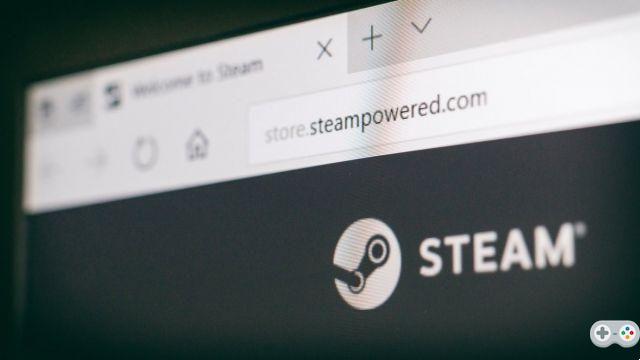
This is a process described as very bureaucratic. The content of the game is never questioned. Also, and given the waiting times that can lengthen before you can actually submit your game for certification, publishers do not hesitate to send builds very early in order to have time to get up to standard before the release date of a game. Cyberpunk 2077, again, had notably obtained its “Gold” certification last October. That's a little over two months before it hits the shelves.
However, Rami Ismail tells us that because of all these certification delays that must be taken into account, “a“ Gold ”build dates from around 1 to 3 months before the game is released”. You read that correctly: in the case of the CD Projekt RED game, the version officially approved by Sony and Microsoft could therefore date from the end of the summer.
Of the sad need for day one patches
This version is the one that console players discovered if they did not connect their PlayStation or Xbox to the Internet and thus prevented the download of the day one patch of more than 40 GB. It is also the one to which journalists were entitled to an embargo during their test, before the famous patch was delivered to them in advance.
On the menu ? Bugs galore, strawberry optimization, and dildos all over the place. Well.
All this to say that between the time a game is submitted for certification and the time it actually hits the shelves, it is obvious that the developers continue to whip to polish their copy. So many changes that are compiled in a patch which, depending on the size of the task, can reach a certain weight.
The most infuriating in history? Patches must also go through the certification box before getting the green light from console manufacturers and being deployed. This explains, in particular, why certain patches are released more quickly on PC than on home machines.
A situation as irritating for gamers as it is frustrating for developers who have sweated blood and water for years to bring their game to life.
Day one patches would then be only a symptom of an industry whose appetite is only growing, forgetting in passing to be clear-sighted about the actual development times for a game. type of mechanisms and all the deadlines it imposes which encourages certain studios to practice crunch, which we talked to you about in detail in a dedicated file.




